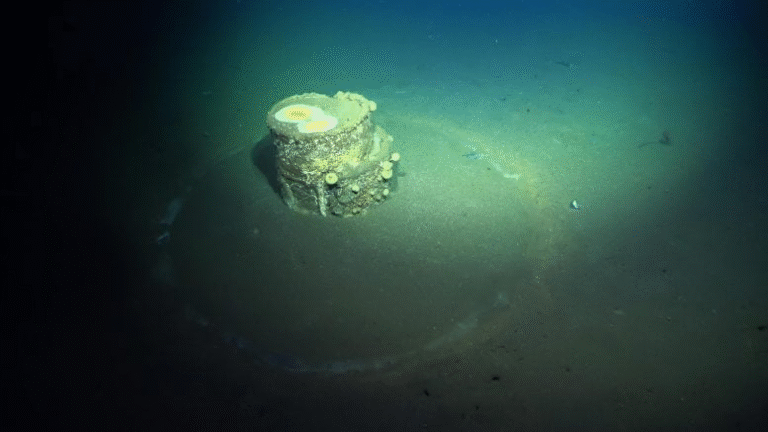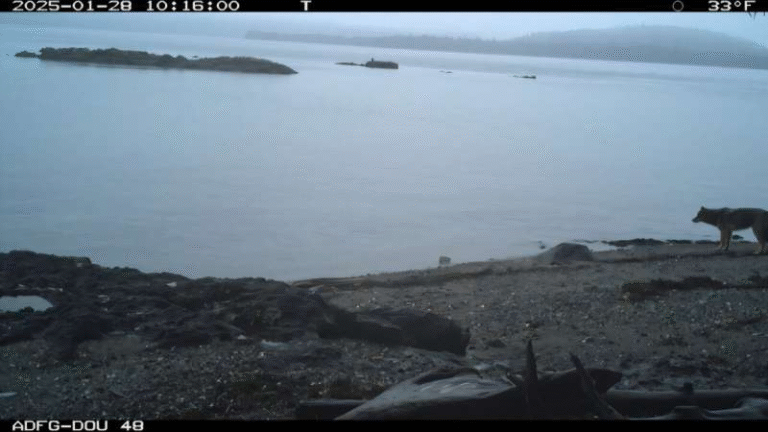North Atlantic Right Whales Show a Small but Hopeful Population Increase

The North Atlantic right whale, one of the world’s most endangered marine mammals, has shown a modest but encouraging increase in its population — a rare piece of good news in the species’ long struggle for survival. According to the latest 2024 population estimate, researchers counted 384 individuals, up from 376 in 2023 — roughly a 2.1% increase.
This new figure, announced by scientists from the New England Aquarium’s Anderson Cabot Center for Ocean Life and the North Atlantic Right Whale Consortium (NARWC), offers a cautious sense of optimism. These organizations, working alongside NOAA, use a combination of aerial surveys, photo identification, and statistical modeling to track every known whale in this critically endangered population.
A Welcome, If Modest, Upturn
For a species that has teetered on the edge of extinction, even a small rise in numbers is meaningful. In recent years, the right whale population dipped below 370 individuals, driven by ship collisions, fishing gear entanglements, and low birth rates. The 2024 estimate reverses that downward trend — for now.
Researchers say that this slight increase comes hand-in-hand with a notable reduction in mortalities and injuries compared with previous years. Unlike 2024, which saw five confirmed deaths, 16 entanglements, and eight vessel strikes, 2025 so far has recorded no deaths, only one entanglement injury (without attached fishing gear), and one vessel strike.
That may sound like a small victory, but for a population this small, every single whale counts. One death can set back progress by years, especially when it involves a breeding female.
Calving Numbers and Reproductive Signs
In the most recent calving season, researchers identified 11 new calves, including four first-time mothers — a positive sign that more females are joining the reproductive group. Most births were spotted in the whales’ traditional calving grounds along the southeastern U.S. coast, but two mothers surprised scientists by showing up far from the usual birthing sites:
- “Accordion” (Catalog #4150) was seen with her calf off New York in February.
- “Monarch” (Catalog #2460) was spotted in Cape Cod Bay in April.
Scientists noted that right whales are taking longer to reach reproductive maturity than in the past — some females are not giving birth to their first calf until later in life. That delay slows population recovery, making each successful birth even more valuable.
Still, the birth of four new first-time mothers in a single season is promising. These older females joining the breeding population could help sustain gradual growth, assuming they and their calves survive the many hazards that still exist.
The Persistent Threat of Entanglement and Vessel Strikes
The two biggest threats to North Atlantic right whales remain entanglement in fishing gear and vessel strikes. Entanglement often occurs when whales swim through vertical fishing lines, trapping them around their mouths, fins, or tails. In severe cases, the rope cuts into their flesh, causes infections, and makes feeding nearly impossible.
One particularly tragic example involves Catalog #5110, a young whale first spotted entangled off the coast last December. Despite extensive efforts by the Center for Coastal Studies’ Marine Animal Entanglement Response team, rescuers were only able to remove a small portion of the gear. The whale remains entangled, with rope still lodged in its mouth.
This case underscores how difficult — and sometimes impossible — it is to fully free a whale once it’s entangled. It also highlights why conservationists argue that preventing entanglement is far more effective than attempting rescues afterward.
Detection is another major challenge. As scientists point out, finding entangled whales requires both observers being in the right place at the right time and whales surfacing where people can see them. Many entanglements likely go unreported, especially when they occur far offshore.
Conservation Measures and International Cooperation
Right whales migrate along the North American east coast, from the southeastern United States (where they give birth) to the Gulf of Maine and the Bay of Fundy (where they feed). This vast range means that effective protection depends on U.S. and Canadian cooperation.
Current conservation strategies include:
- Reducing vessel speeds in known whale habitats.
- Implementing fishing gear modifications, including ropeless and weak-link gear that minimizes entanglement risk.
- Seasonal closures of high-density whale zones to certain types of fishing.
- Improved monitoring and data sharing among researchers, government agencies, and maritime industries.
Despite these steps, conservation groups warn that the measures still fall short. They emphasize that strict enforcement and technological innovation are essential if the population is to recover further.
The Broader Ecological Context
To understand why scientists celebrate even a tiny increase in the population, it helps to know what makes the North Atlantic right whale so vulnerable.
These whales are slow-moving filter feeders, often staying near the surface while feeding on copepods and krill. Their leisurely pace and surface behavior make them easy targets for ship collisions. They also tend to inhabit coastal and shipping-heavy areas, increasing their exposure to human threats.
Right whales can grow up to 16 meters (52 feet) long and live 70 years or more, but females only give birth every three to ten years, depending on health and food availability. That slow reproductive cycle means even modest adult mortality can cause population declines.
Another growing problem is climate change. As ocean temperatures rise, the distribution of copepods — the tiny crustaceans right whales feed on — is shifting northward. This forces whales into new areas that may not yet have protective regulations, increasing their risk of encounters with ships and fishing gear.
Why the 2024–2025 Data Matters
The 2024 estimate of 384 whales is derived from a combination of aerial and shipboard sightings, photographic catalogs, and statistical modeling of undetected individuals. The margin of error is small (about plus or minus ten whales), giving scientists a relatively reliable picture of population trends.
Experts stress that one year’s increase does not necessarily mean recovery. The whales’ future will depend on several key factors:
- Survival of this year’s calves.
- Reduction in human-caused deaths and injuries.
- Successful adaptation to changing ocean conditions.
- Continued funding and political support for conservation measures.
The overall message from scientists is clear: the situation is not hopeless, but it is still very fragile. The data shows that progress is possible, but only if human impacts are minimized.
The Importance of Continued Monitoring
The North Atlantic Right Whale Consortium and organizations like the New England Aquarium continue to coordinate large-scale monitoring programs that track individual whales across decades. Each whale is photo-identified by unique patterns of rough skin, known as callosities, on its head. These visual records allow scientists to build detailed life histories — including where whales migrate, how often they calve, and whether they’ve suffered injuries.
This kind of long-term, collaborative monitoring is what allows researchers to detect trends like the recent 2% population rise. Without it, conservationists would be flying blind, unable to measure the effectiveness of their interventions.
Looking Ahead: Hope and Hard Work
While the news of a population increase is encouraging, no one is declaring victory. Conservation groups such as Oceana and the Conservation Law Foundation warn that the species is still on a knife’s edge. With fewer than 400 individuals left, any relaxation of protective measures could reverse recent progress.
The future of the North Atlantic right whale depends on sustained collaboration between governments, scientists, and industries, particularly the fishing and shipping sectors. Innovations such as ropeless fishing technology, dynamic speed zones, and real-time whale alerts could be game-changers — but they require funding, policy support, and industry cooperation.
For now, the increase from 376 to 384 whales represents a small but vital sign of hope. It’s proof that conservation efforts can make a difference — but also a reminder of how much work still lies ahead to ensure this species survives the coming decades.
Research Source: North Atlantic Right Whale Consortium 2024 Population Estimate – New England Aquarium





